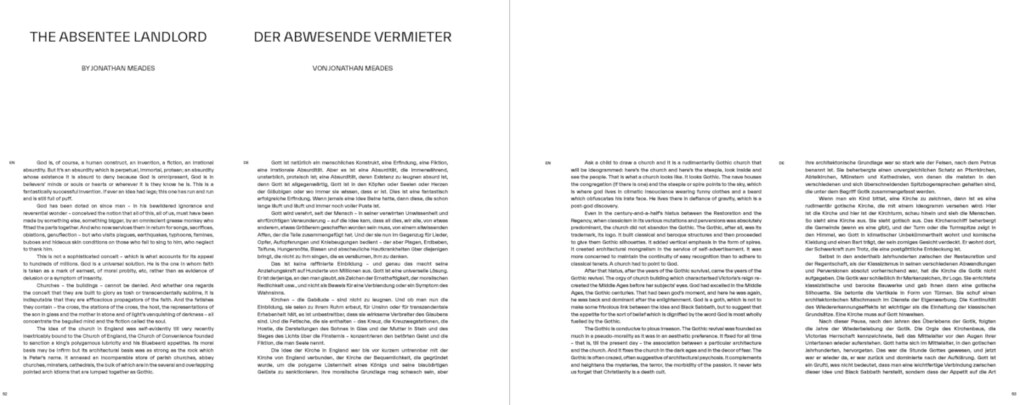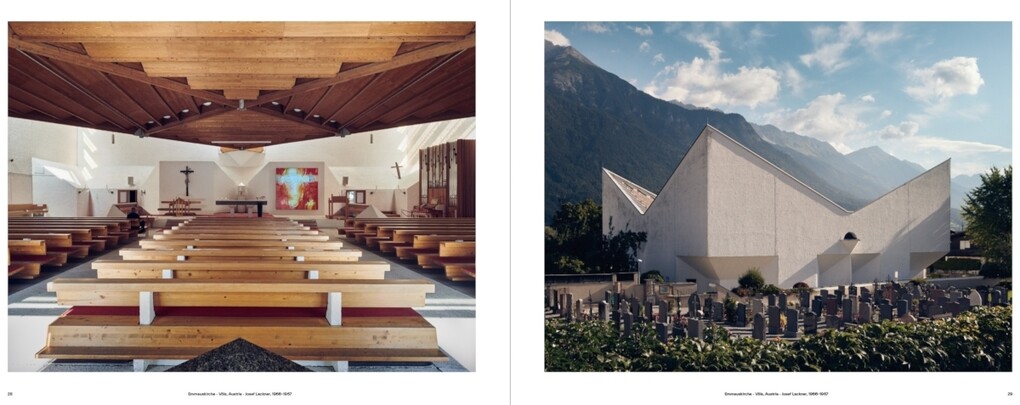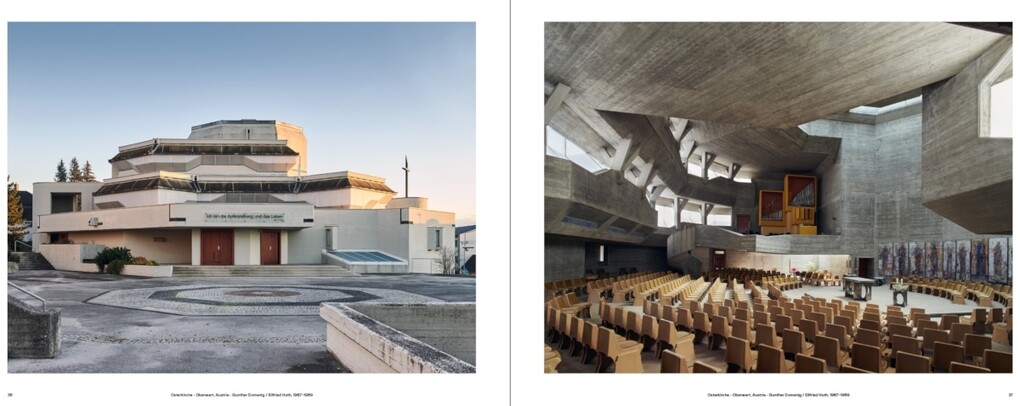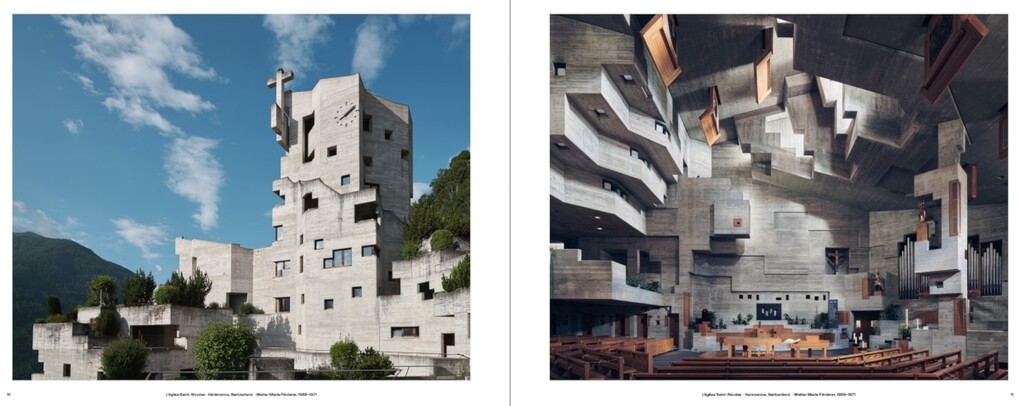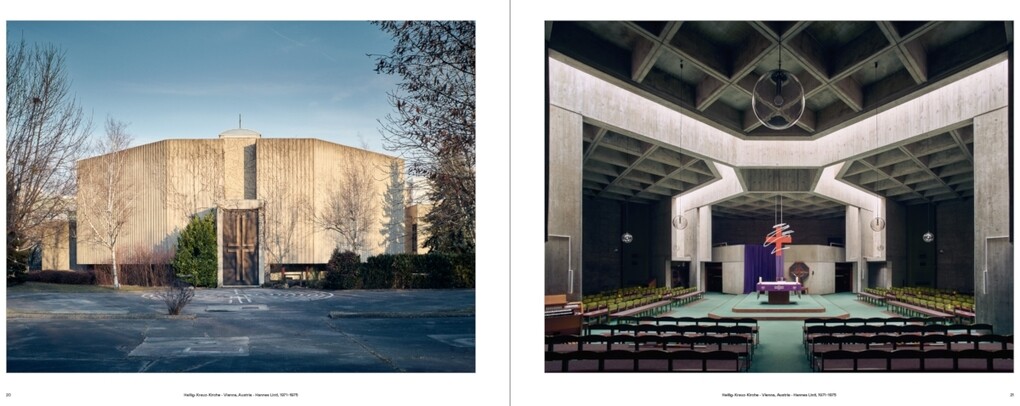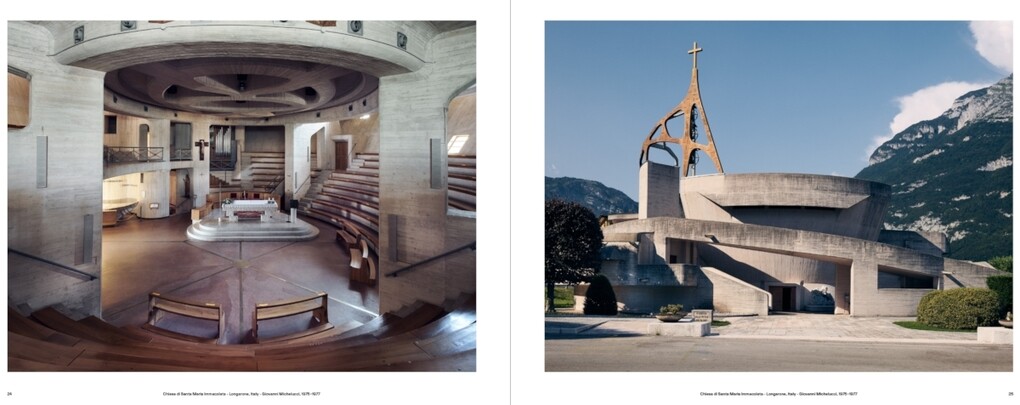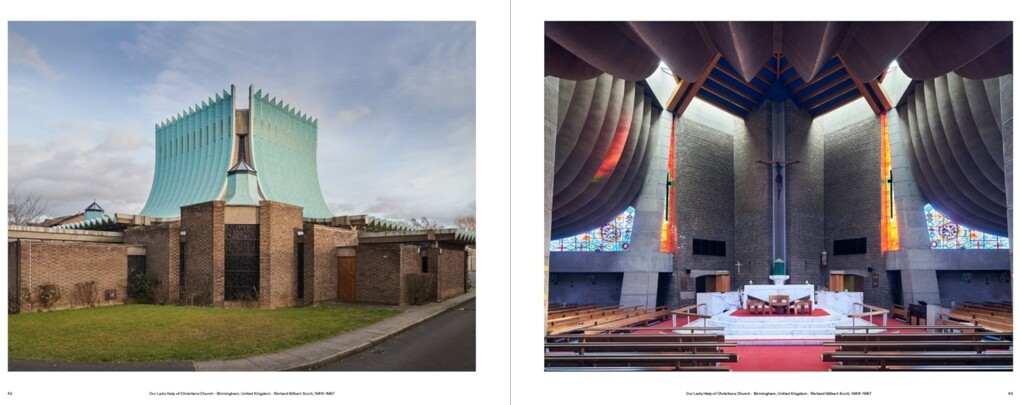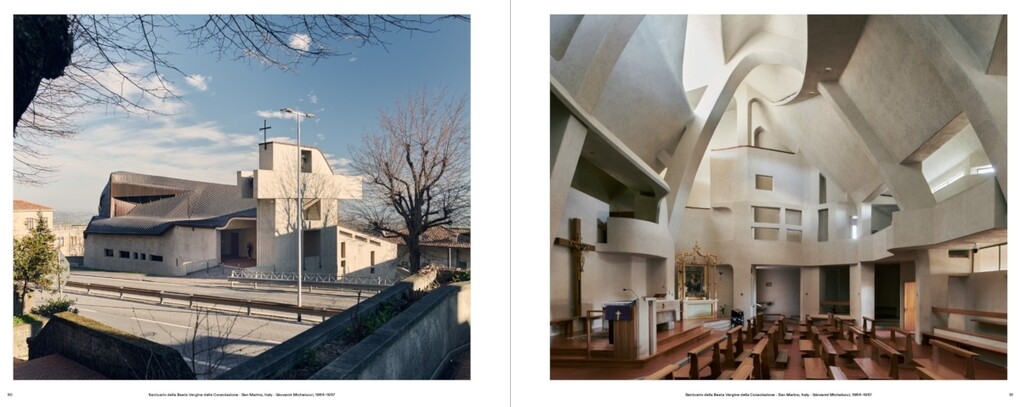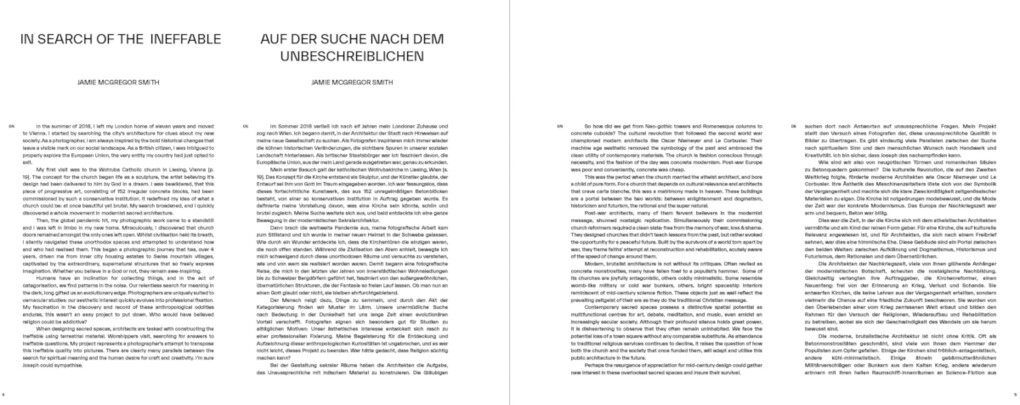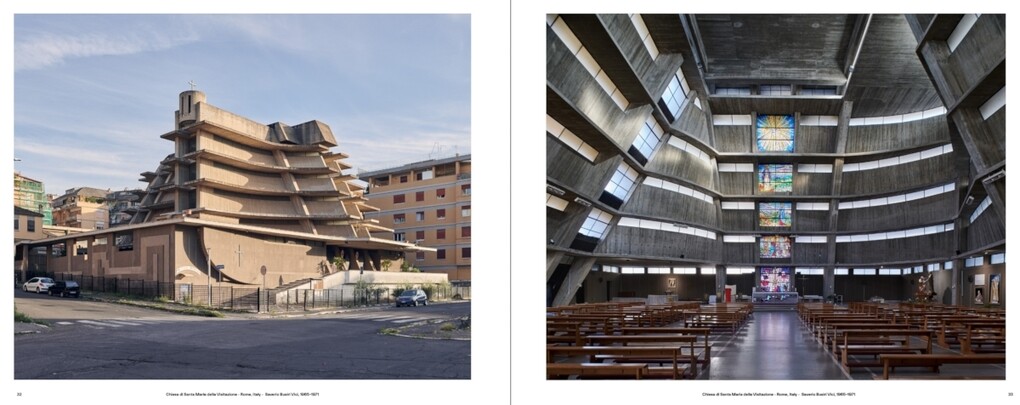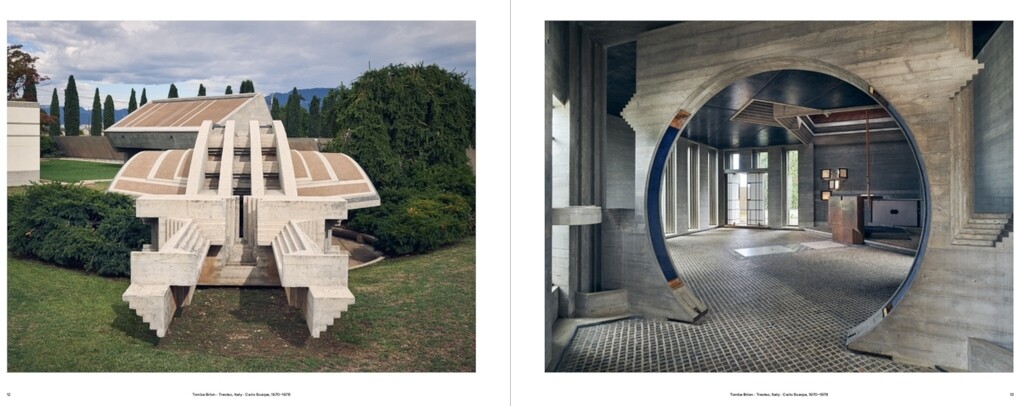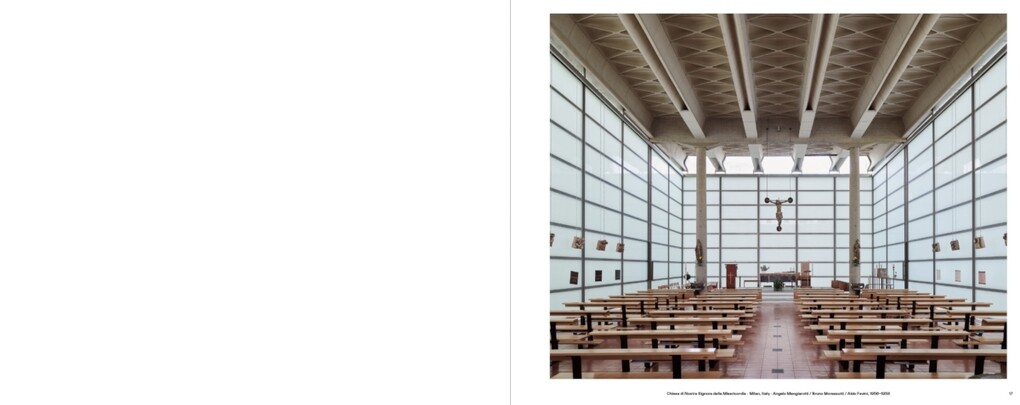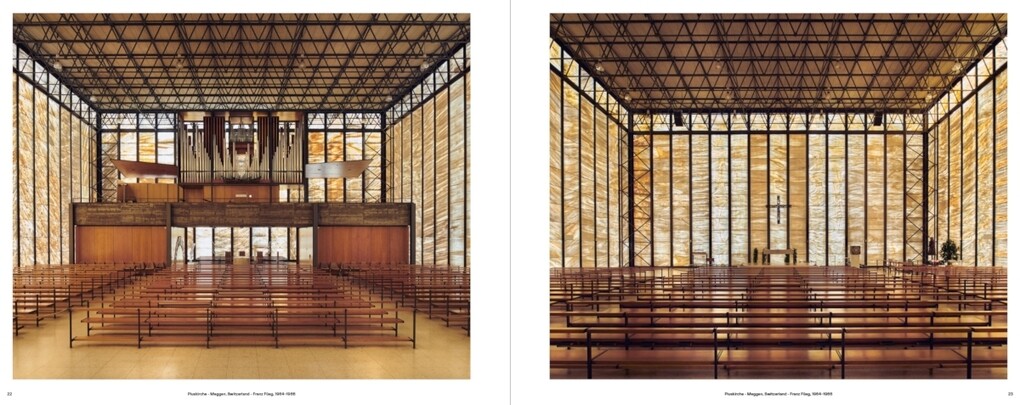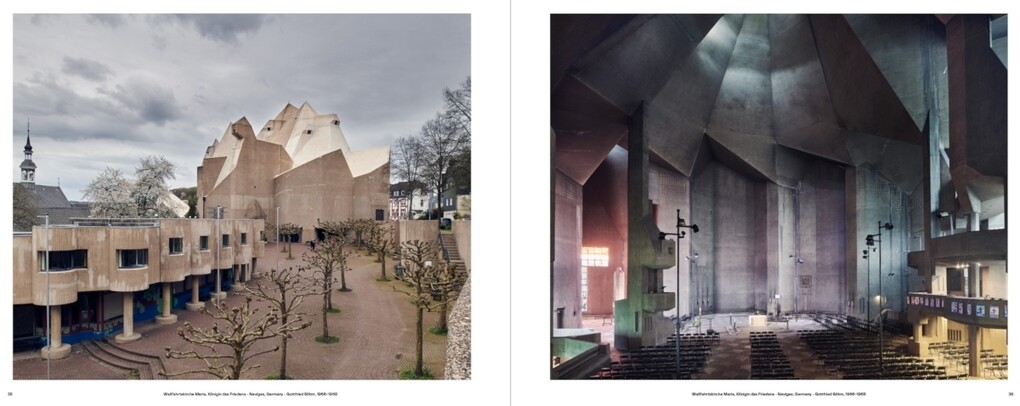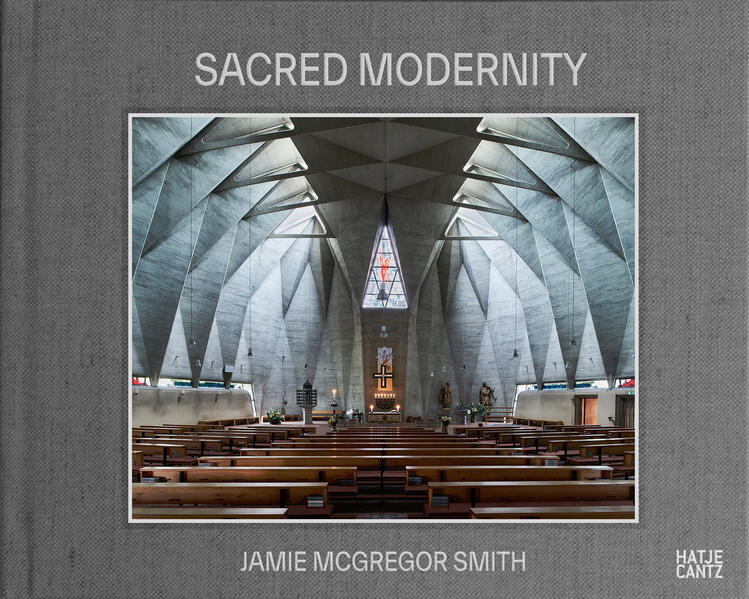
Zustellung: Di, 07.01. - Do, 09.01.
Sofort lieferbar
VersandkostenfreiBestellen & in Filiale abholen:
- Europe's post-war sacred spaces- Still controversial, whilst revisited by contemporaryarchitects, designers and scholars- Over 50 awe-inspiring modernist churches in Austria, Italy, Switzerland, and England
- Europe's post-war sacred spaces- Still controversial, whilst revisited by contemporaryarchitects, designers and scholars- Over 50 awe-inspiring modernist churches in Austria, Italy, Switzerland, and England
- Europe's post-war sacred spaces- Still controversial, whilst revisited by contemporaryarchitects, designers and scholars- Over 50 awe-inspiring modernist churches in Austria, Italy, Switzerland, and England
Sacred Modernity documents the dramatic shift in ecclesiasticalarchitecture across post-war Europe. Spurred on bythe modernizing impulses of the Second Vatican Councilin the early 1960s, and in search for an appropriate architecturallanguage that showed that the Catholic Churchwas still relevant to the modern world, this was the periodwhen the church married the atheist architect, and bore achild of pure form. Among these structures, some exude ajoyful antagonism, while others emanate a cold minimalism. Boldly designed, outrageous and provocative for theirtime, the aesthetic of this period still ignites great debatebetween modernists and traditionalists.
Half a century on, this study traces how their materials andideals have matured and patinated. Remaining amongstthe most unique buildings within our public sphere, theyare future visions from the near past that seem to anticipatesocieties current shift away from organized religiontowards an individual spirituality.
The book represents the first attempt by a photographer tocollate the religious architecture of the mid-century highmodern years that took many forms, from Brutalism toStructural Expressionism, under a singular artistic vision.
JAMIE McGREGOR SMITH (*1982, Weymouth, UK) studiedphotography at Staffordshire University, graduating in 2006. Inspired by the American New-Topographic movement, he beganhis documentary records with the defunct pottery industry in theBritish midlands, the collapse of the motor industry in Detroit, orthe abandoned Athens Olympics stadiums. His works have beenpublished by The New York Times, The Guardian, the FinancialTimes, Wallpaper*, Architectural Digest and Vanity Fair.
Produktdetails
Erscheinungsdatum
26. Februar 2024
Sprache
deutsch, englisch
Seitenanzahl
208
Autor/Autorin
Jamie McGregor Smith
Herausgegeben von
Jamie McGregor Smith
Bildbeschreibung
Ivica Brni, Jonathan Meades, Jamie McGregor Smith
Kamera/Fotos von
Jamie McGregor Smith
Künstler/Künstlerin
Jamie McGregor Smith
Verlag/Hersteller
Produktart
gebunden
Abbildungen
126 Fotos
Gewicht
1428 g
Größe (L/B/H)
245/307/21 mm
ISBN
9783775756464
Entdecken Sie mehr
Pressestimmen
»Whatever the flavour of your religious persuasion, an impressive interior will have the power to inspire awe. That s certainly the case for these architectural wonders, some little known and rarely visited. « Jonathan Bell, Wallpaper*
»The new language of sanctity is diverse and at times surprising. (. . .) Regardless of their architectural language, these are spaces that inspire contemplation, meditation, and introspection. « Maria-Cristina Florian, ArchDaily
»(. . .) unlike anything you ve seen before A new book by photographer Jamie McGregor Smith highlights the important role that architecture played in the Catholic Church s mission to bring people back after WWII« Elissaveta M. Brandon, Fast Company
»The new language of sanctity is diverse and at times surprising. (. . .) Regardless of their architectural language, these are spaces that inspire contemplation, meditation, and introspection. « Maria-Cristina Florian, ArchDaily
»(. . .) unlike anything you ve seen before A new book by photographer Jamie McGregor Smith highlights the important role that architecture played in the Catholic Church s mission to bring people back after WWII« Elissaveta M. Brandon, Fast Company
Bewertungen
0 Bewertungen
Es wurden noch keine Bewertungen abgegeben. Schreiben Sie die erste Bewertung zu "Sacred Modernity" und helfen Sie damit anderen bei der Kaufentscheidung.











